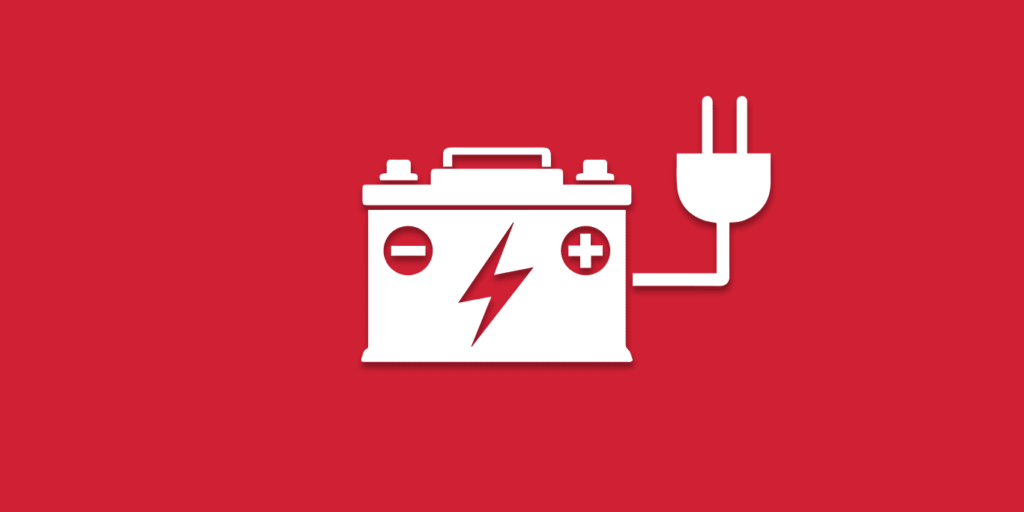When transitioning from lead-acid to lithium-ion batteries, it’s crucial to follow certain precautions to ensure safety, reliability, and optimal performance. Here are the key precautions to consider.
1. Handling and Installation
- Proper Handling: Handle lithium-ion batteries carefully to avoid damage. They are sensitive to physical impacts, which can cause internal short circuits.
- Avoid Overcharging and Overdischarging: Always use a Battery Management System (BMS) to prevent overcharging and deep discharging, which can damage the battery and pose safety risks.
2. Compatibility
- Check Voltage and Capacity: Ensure the lithium-ion battery matches the voltage and capacity requirements of your application. Incompatible batteries can cause malfunctions or damage to your equipment.
- Charger Compatibility: Use a charger designed for lithium-ion batteries. Lead-acid battery chargers may not have the correct charging profile, leading to suboptimal performance or damage.
3. Environmental Conditions
- Temperature Control: Avoid exposing lithium-ion batteries to extreme temperatures. High temperatures can accelerate degradation, while low temperatures can reduce performance. Operate within the manufacturer’s specified temperature range.
- Moisture and Humidity: Protect batteries from moisture and humidity, which can cause corrosion or short circuits.
4. Safety Measures
- Fire Safety: Be aware that lithium-ion batteries can catch fire or explode if damaged or improperly handled. Have fire extinguishing equipment (like a Class D fire extinguisher) nearby when working with these batteries.
- Avoid Physical Damage: Do not puncture, crush, or drop lithium-ion batteries. Physical damage can lead to internal short circuits and thermal runaway.
5. Storage
- State of Charge for Storage: Store lithium-ion batteries at a partial charge (around 50%) if they will not be used for an extended period. Storing them fully charged or fully discharged can shorten their lifespan.
- Cool, Dry Place: Store batteries in a cool, dry place away from direct sunlight and heat sources.
6. Usage and Monitoring
- Regular Monitoring: Regularly check the health and status of the batteries using the BMS. Look for any signs of swelling, leakage, or unusual performance.
- Balancing Cells: Ensure the BMS is balancing the cells properly to maintain uniform charge levels across all cells in the battery pack.
7. Disposal and Recycling
- Proper Disposal: Dispose of lithium-ion batteries according to local regulations. Do not dispose of them in regular trash. Many areas have specific recycling programs for lithium-ion batteries.
- Avoid Environmental Contamination: Improper disposal can lead to environmental contamination and pose health risks.
8. Emergency Procedures
- Thermal Runaway: In case of thermal runaway (uncontrolled increase in temperature and pressure), isolate the battery and evacuate the area if necessary. Do not attempt to extinguish a lithium-ion battery fire with water.
Summary
By following these precautions, you can ensure the safe and efficient use of lithium-ion batteries in place of lead-acid batteries. Proper handling, compatibility checks, environmental controls, and safety measures are crucial to maximizing the benefits and lifespan of your lithium-ion batteries while minimizing risks.


